Think witches are a bunch of hocus pocus? Well, regardless of your personal beliefs, witchcraft is very real to many people. And there are many different types of witches with a cornucopia of magical powers. We review the differences below for your education and entertainment.
View in gallery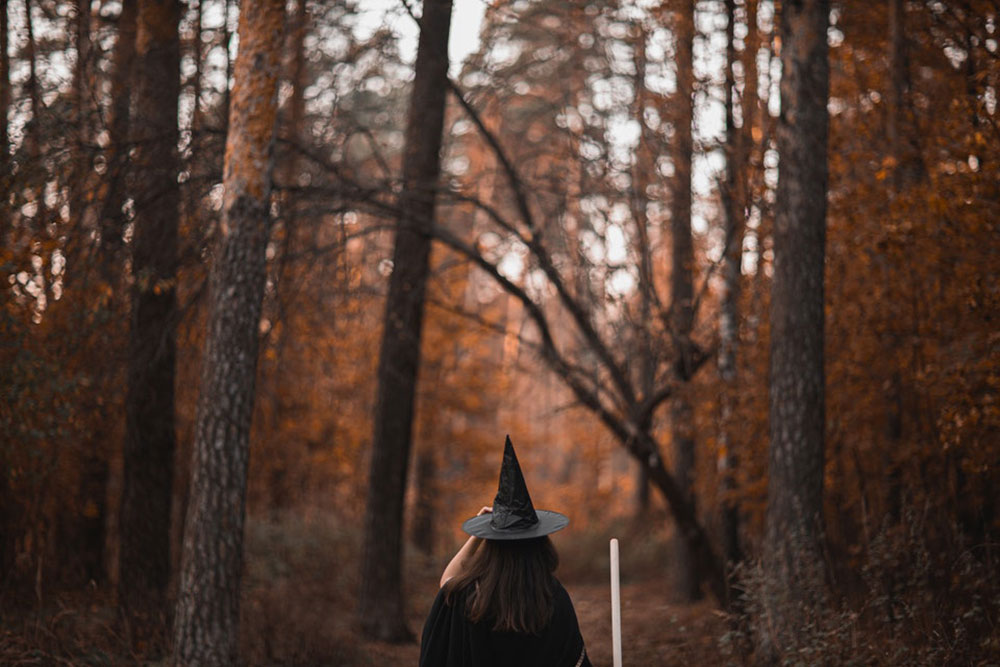
Some types of witches have strict rituals and customs passed down to them through the ages. While other witches manifest their own path.
Today, witches are more mainstream than ever. And being a modern witch is nothing like life during the Salem witch trials.
Now, traditional witchcraft books can be sent overnight to your house. Crystal magic is marketed like an MLM. And luckily, witch trials are a thing of the past in western society.
Because witchcraft is an expansive concept, we’re going to chisel it down to the basics. Let’s take a look at 20 different types of witches and the witchcraft they practice.
Different Types of Witches
If you need help making sense of the ins and outs of witchcraft, below is a list of 20 types of witches. Plus a brief description of their magical beliefs and ceremonial magic.
1. Traditional Types of Witches
View in gallery
Some witches follow a magical path that dates back to a time before the creation of the Wiccan religion. And they’re called traditional types of witches.
Traditional witches use historic practices and don’t align themselves with new age beliefs. Or contemporary witchcraft. But because of their historic roots, they have a vast knowledge base of witchy customs.
Think of a traditional witch as a database of spells and historic traditions.
The use of folk magic is common among traditional witches. And they have a strong connection with the ancient spirits they call upon.
If you want to learn about older witch rituals and beliefs, then study the teachings of traditional witches.
2. Hedge Types of Witches
View in gallery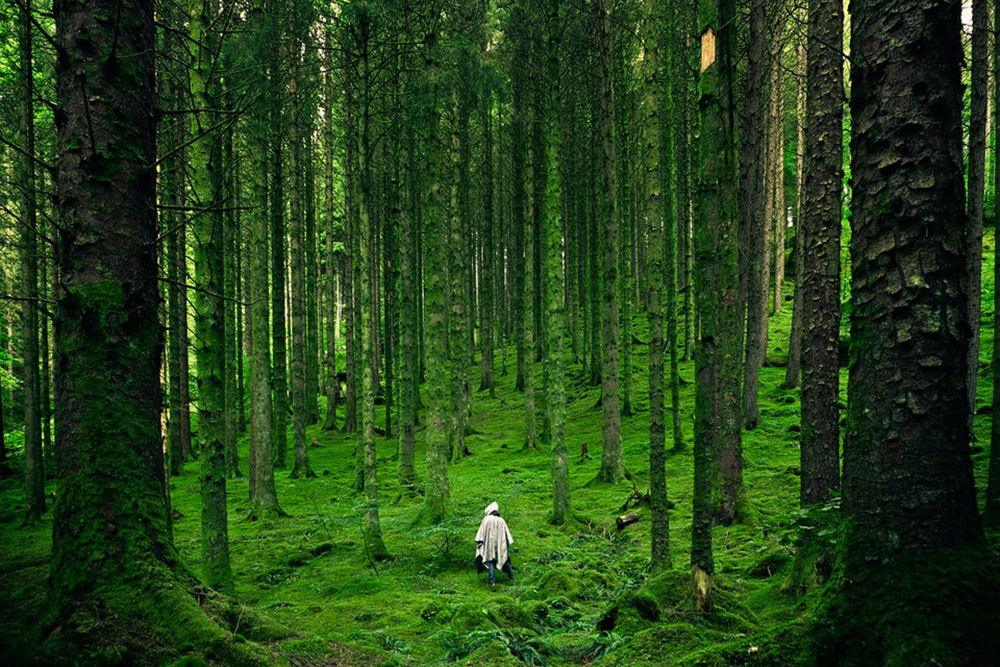
When you start to break down the different types of witches, you may notice that the terms take on multiple meanings. Which is the case for hedge witches.
The name hedge witch stems from old world witches and seers that lived along the hedgerow of town. Because the hedgerow is between the edge of town and the wilderness. But a hedge witch can traverse this boundary.
However, the term has a double meaning. As hedge witches are known to also traverse the boundaries of the natural world and others.
A hedge witch is a powerful type of witch that can astral project, see beyond our natural plane, and cross over into unknown dimensions. As well as crossing into the spirit world.
Most often, a hedge witch is a solitary practitioner. But no longer are they forced to live on the outskirts of town. Unless they want to of course.
3. Kitchen Types of Witches
View in gallery
Part of being a witch is performing your daily tasks with passionate intention. And for kitchen witches, that is seen in their cooking, brewing, and their magical presence within the kitchen.
Oftentimes, the kitchen is referred to as the heart of the home. And for a kitchen witch, their kitchen is a sacred space.
A kitchen type of witch will fill their home with positive energies and good food. Often, even concocting remedies and supplements to help others.
Frequently, kitchen witches have their home filled with herbs, and ingredients known for their magical properties. Even going as far as to grow their own.
But their focus is in the kitchen, not the garden – we’ll get to that type of witchcraft soon.
So, next time you cook a meal, add some magic to it, and cook it with love.
4. Eclectic Types of Witches
View in gallery
Not all witches fit into any one category. Instead, there are witches that practice varying types of magic. Without practicing one type over the others. Rather weaving them together however they’re compelled to.
Therefore, the term eclectic witch is used as a catch-all term for witches that could fit into more than one of these categories.
Some eclectic witches will align themselves with Wiccan beliefs. While others may feel no connection to traditional Wicca.
In recent years, there has been a rise in eclectic witchcraft thanks to social media. This has encouraged a subsequent rise in eclectic types of witches, due to young witches learning more about many different types of witchcraft.
However, not all witches support this blurring of the lines. But those that do, enjoy that eclectic witches honor multiple histories, beliefs, and folk magic.
5. Ceremonial Types of Witches
View in gallery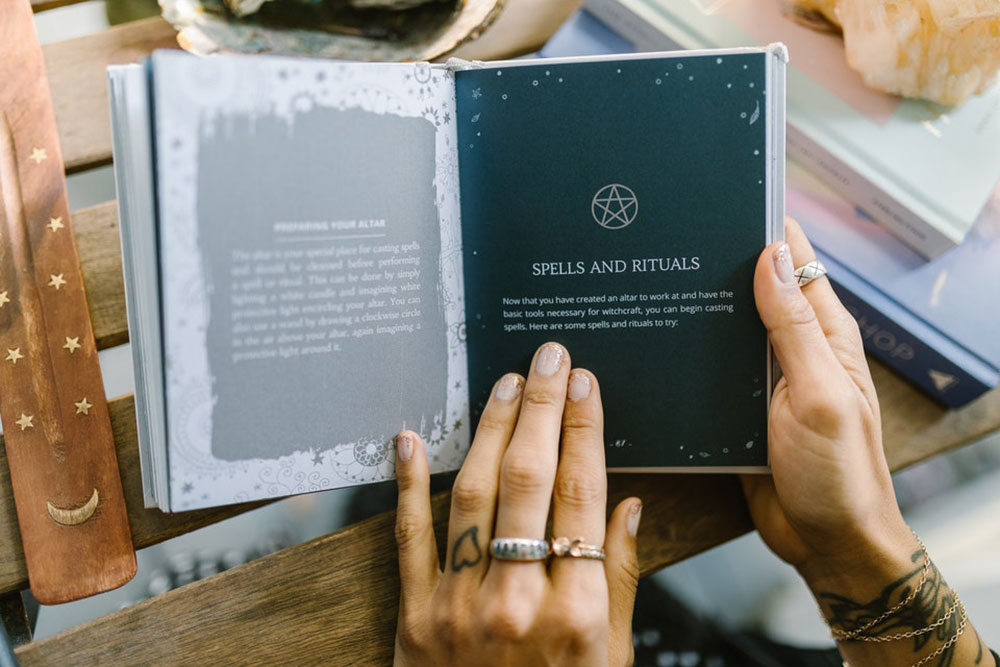
If you’ve seen 90’s classic horror movie, The Craft, then you’ve had an entry level course in ceremonial types of witches. When the girls invoke Manon, a fictitious god from The Craft, that is an example of witches using ceremonial magic rituals.
Ceremonial witches predominantly use ceremonies when practicing their craft. While any witch can use ceremonies, the practice is far more important to ceremonial witch beliefs.
You can find examples of ceremonial witchcraft in Practical Kabbalah, the Hermetic Order of the Golden Dawn, Enochian witchcraft, and others. Which means there’s an extensive list of ceremonial witches.
Oftentimes, ceremonial types of witchcraft will use grimoires when calling upon spirits. Or during the creation of magical talismans and amulets.
Aside from grimoires, these witches use magical formulae when casting spells, or rather a word that has a specific magical influence.
Have you ever heard someone ask for the magic word? What they’re asking for is a magical formulae.
Ultimately, ceremonial magic is an immense magical grouping, with firm belief systems. And each school of thought is as interesting as the last.
6. Hereditary Types of Witches
View in gallery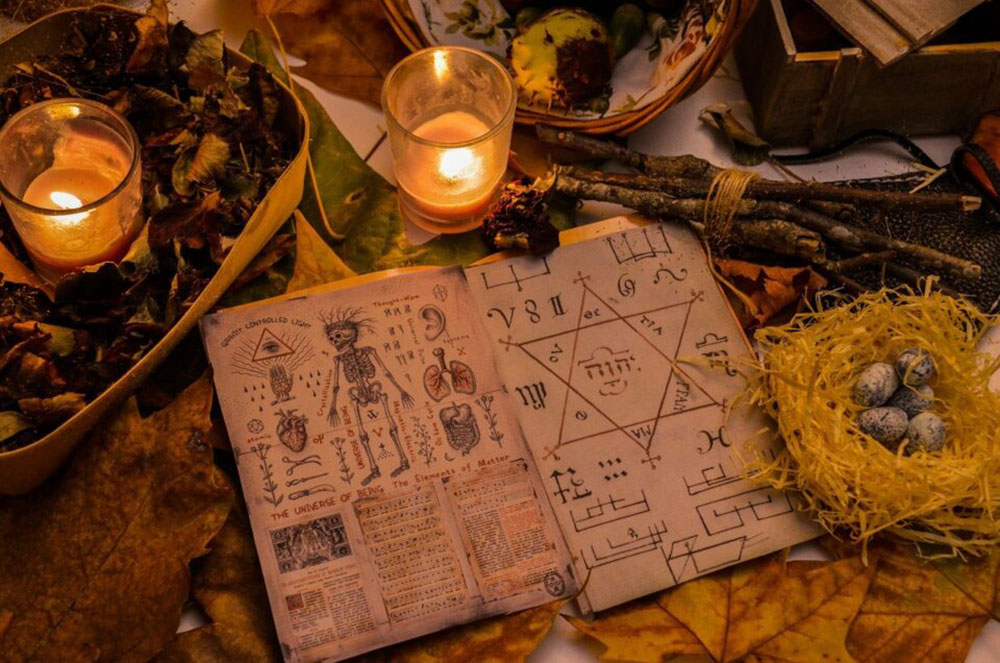
Have you ever heard that witchcraft is passed down from generation to generation? Then you’ve heard of a hereditary witch.
But being a witch isn’t inherited or biological. In fact, many practitioners of witchcraft believe that everyone has innate magical abilities. What gets passed down instead are rites and techniques. So, many different magical practitioners could fall into the category of hereditary witches.
For example, a kitchen witch could have their magical rituals passed down from their family. But that doesn’t mean a kitchen witch can’t forge their own path.
Ultimately, the practice that’s passed down – so to speak – is unique to the familial line. Meaning that their witchcraft is only known to their own kind.
And although a hereditary type of witch might use old age magic that’s passed down through the ages, they are not to be confused with traditional witches. Because some hereditary witches practice new age magic, and follow a less traditional path.
7. Elemental Types of Witches
View in gallery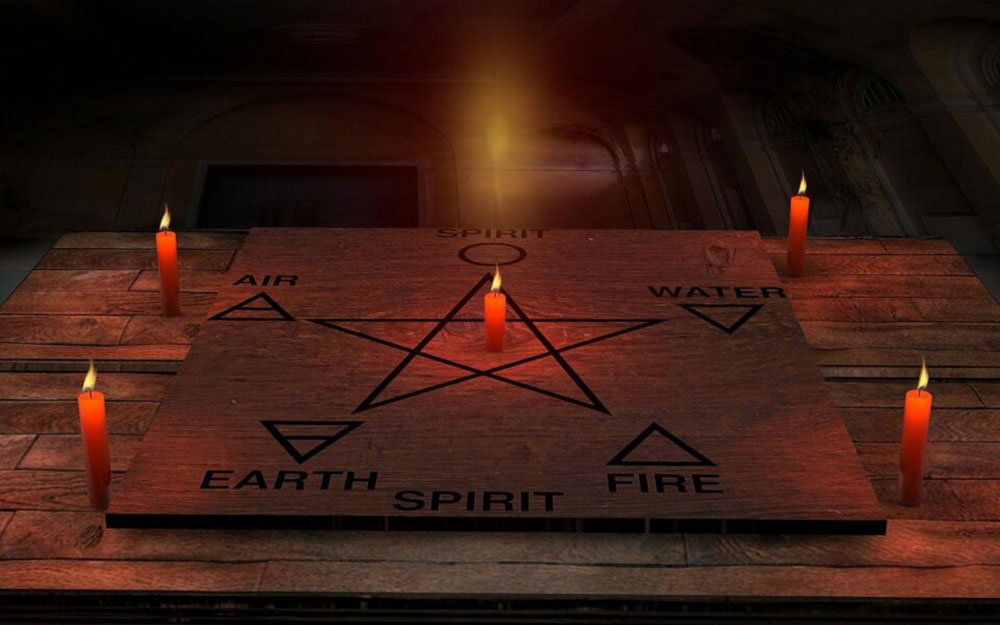
For elemental witches, power lies in the innate qualities of the five elements – fire, water, earth, air, and spirit. Therefore, elemental witches work directly with the elements during their rituals.
Some elemental practitioners feel an affinity for one element over the others. So, it’s fair to say there are different types of elemental witches. However, it isn’t a requirement to be privy to one specific element.
Either way, elemental witches can invoke the power of these elements and use it to amplify their strength when casting spells, or rituals.
8. Green Types of Witches
View in gallery
If an elemental witch feels pulled towards the element of earth, then they’re often called green witches. But these green witches can also have individual specializations. For example, garden and forest witches.
For a green witch, the Earth, its plants, and the entirety of nature is where power lies. Frequently, green witches will study the flora around them, and then use it in their potions. Sometimes a green witch will grow their own ingredients. Or have a multitude of plants they care for.
In recent years, green witches have been getting more and more attention. Partly due to social media. But one’s own feelings towards the natural world is what differentiates a green witch from others.
9. Sea Types of Witches
View in gallery
When a witch has a strong affinity for water, beaches, and the sea, they may identify as a sea witch.
Sea witches will often utilize the water when they’re performing rituals or potions, specifically after a full moon. As well as using shells, sand, and driftwood in their altars.
Along the beaches, sea witches may choose to forage for potion ingredients. Or recharge their energies by relaxing near the soothing sounds.
Because of their strong affinity for the sea, sea witches often reside close to open bodies of water. And they may practice within a coven, or as solitary witches.
10. Cosmic Types of Witches
View in gallery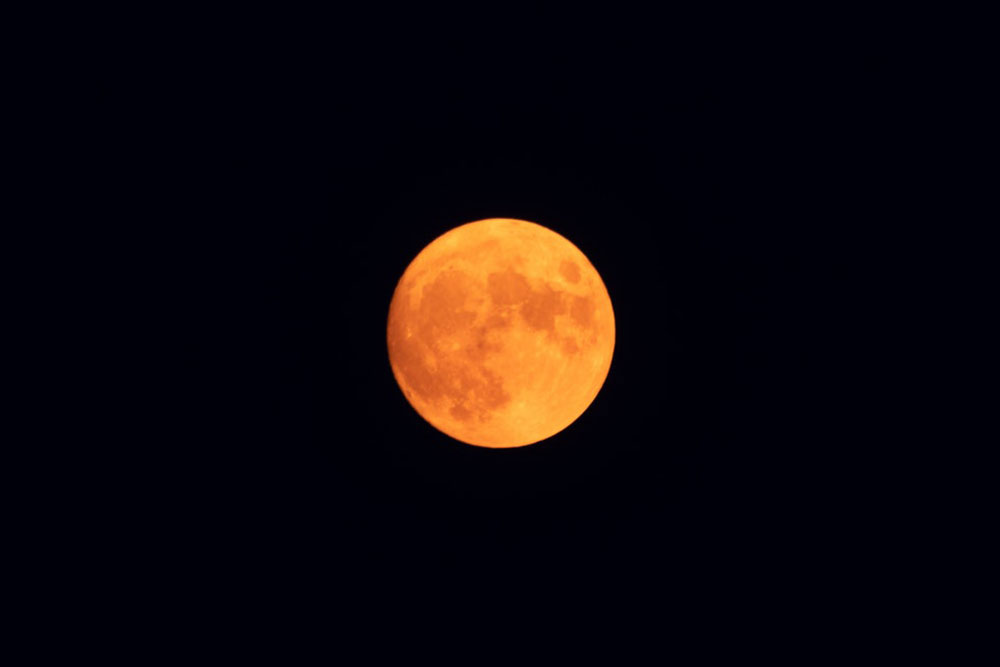
When witches are captivated by outer space, astronomy, or astrology, they’re called cosmic witches. And with this cosmic fascination, these witches use lunar energies, the moon cycle, and celestial bodies to enhance their magic.
As cosmic witches follow the stars and the moon, they perform corresponding rituals and spells.
And while the moon cycle, and star gazing work their way into many magical practices, not all witches can claim the title cosmic witch. Because cosmic witches study the universe in a purposeful way. This is by no means a casual hobby to them.
11. Secular Types of Witches
View in gallery
While there are some witches that align themselves with religious beliefs, this isn’t a requirement to be a witch.
Which brings us to secular types of witchcraft. For a secular witch, their practice isn’t reliant on a deity. Or they approach said deities without religious intent.
And intent is an important factor within witchcraft as a broad subject. Whether secular, spiritual, or religious.
As an alternative to religious based witchcraft, secular practitioners believe that their power comes from within.
Which means that their intent and drive to achieve a higher sense of self is representative of their magical influence.
Overall, secular witchcraft is up for personal interpretation for those that practice. Maybe secular witches practice magic that calls upon certain deities. But that doesn’t mean they worship, or even believe in those deities.
12. Coven Types of Witches
View in gallery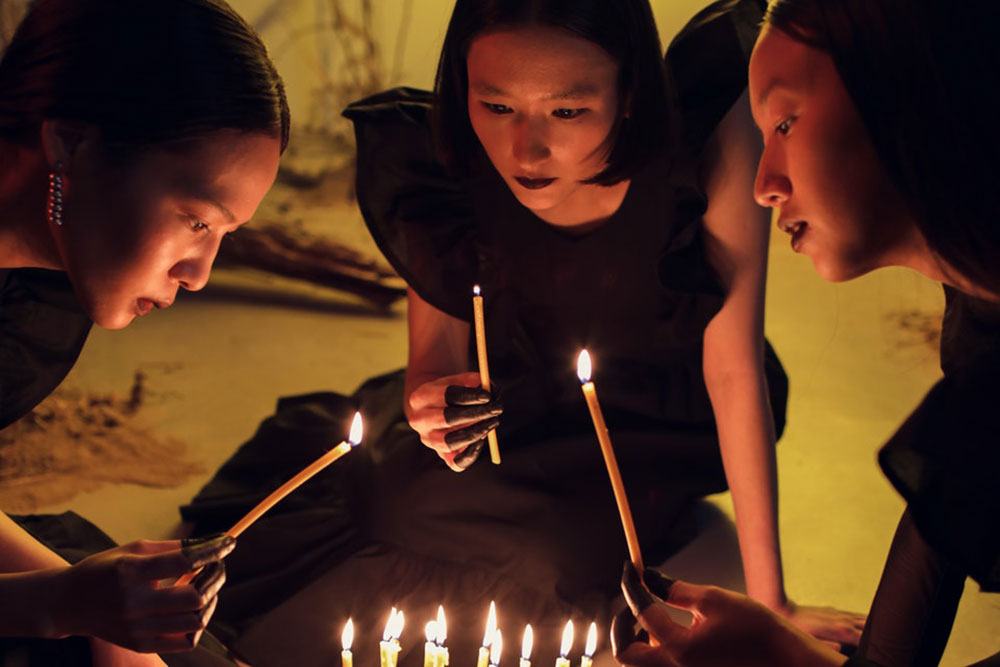
One of the best ways a witch can expand their witchy knowledge is through joining a coven. Which is especially nice for the social witch.
While learning more about the craft is a major draw for many, there’s also the sense of togetherness, and amplified power.
And coven witches can work together to create powerful spells, and manifestations.
However, covens are more than just a group where witches can hang out with their own kind. In fact, covens are structured groups. Typically, there is a leader, either a High Priestess or Priest. And covens can also be run as democracies.
Today, there are even covens online. So, a witch can be entire continents away from their fellow witches.
13. Solitary Types of Witches
View in gallery
If a witch wishes to practice on their own, without joining a coven, they are a solitary witch.
Of course, solitary witches could be practicing alone because they haven’t found the right coven. Or maybe they just choose to keep their magic a private matter.
However, there are witches that believe a witch’s powers are strongest when combined with others. And that solitary witches might not be as committed. But solitary witches certainly don’t lack commitment. There’s no shame in practicing alone.
A solitary type of witch likes to play by their own rules. And they manifest magic that directly relates to them, which makes their path unique.
14. Crystal Types of Witches
View in gallery
Some people believe that crystals, gems, and stones have powerful energies when used in the right way. From healing properties, to providing protection, crystals have long been instruments of witchcraft. Dating as far back as the Ancient Sumerians–when crystals were used alongside magical formulae.
Each stone has its own attributes. Sometimes crystal witches use crystals to help with reducing stress, promote healing, and to help align chakras.
It’s not uncommon for other witches to use crystals in their craft. But for a crystal witch, practicing magic centers around crystals and gems.
15. Gray/Neutral Types of Witches
View in gallery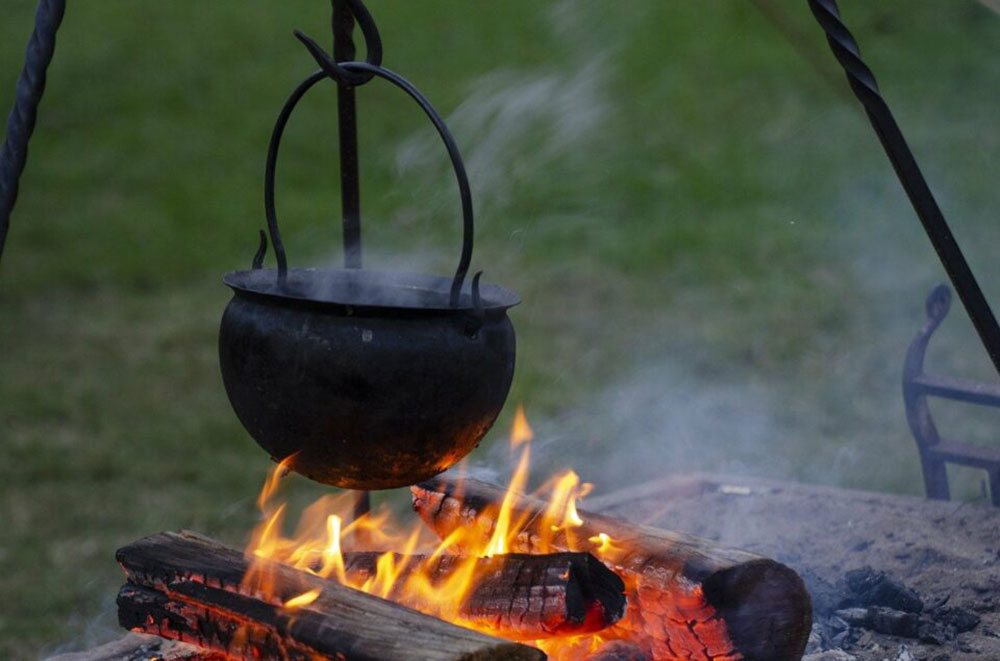
Even those with little knowledge of magical practices have heard of light and dark magic. The battle between the two magical forces has been seen in countless witchy media.
With light magic, witches will try to help or heal. And with dark magic, witches might cause harm or curse others.
But for gray witches, magic is neither positive, nor negative. Instead, gray witches fall within the middle ground. And they don’t specifically help, but they also don’t harm either.
Gray witches use magic in a way that specifically cancels itself out. So, they’re methodical in their practice and wish to not throw off the delicate balance of the world.
Gray witches do not see the world as good vs. evil. Instead, they remain neutral forces. Which is why they’re called gray, or neutral witches.
16. Healing Types of Witches
View in gallery
Any witch can dabble in the healing arts. But the witches that excel in the practice are considered healing witches.
Some of the magical practices include hands-on healing techniques. Which may include spells, Reiki, and other forms of alternative medicine.
Along with hands-on magic, healing witches will use herbs to make herbal remedies. So, you could have a green witch that specializes in healing witchcraft.
Much of the magic that healing witches use is passed down through each generation. And the traditional techniques come from all around the world.
Their healing can serve to help other individuals, the community, their coven, and even help their own health.
17. Dianic Types of Witches
View in gallery
While you will find some witches belong to an open craft, others prefer closed practices. One of which is Dianic witchcraft. Dianic witches named their practice after the Roman goddess, Diana, who is the goddess of hunting, nature, and the Moon.
Dianic witches have highly exclusive covens. And are all women.
Some Dianic witches worship the Goddess, who to them is a deity encompassing all goddesses, and feminine nature. But typically, it’s all Diana, all the time.
These types of witches will also use magic to fight back against oppression.
Of course, other types of witches might call upon Diana to help with their spells. But those practices aren’t necessarily as exclusive as Dianic types of witches.
18. Strega Types of Witches
View in gallery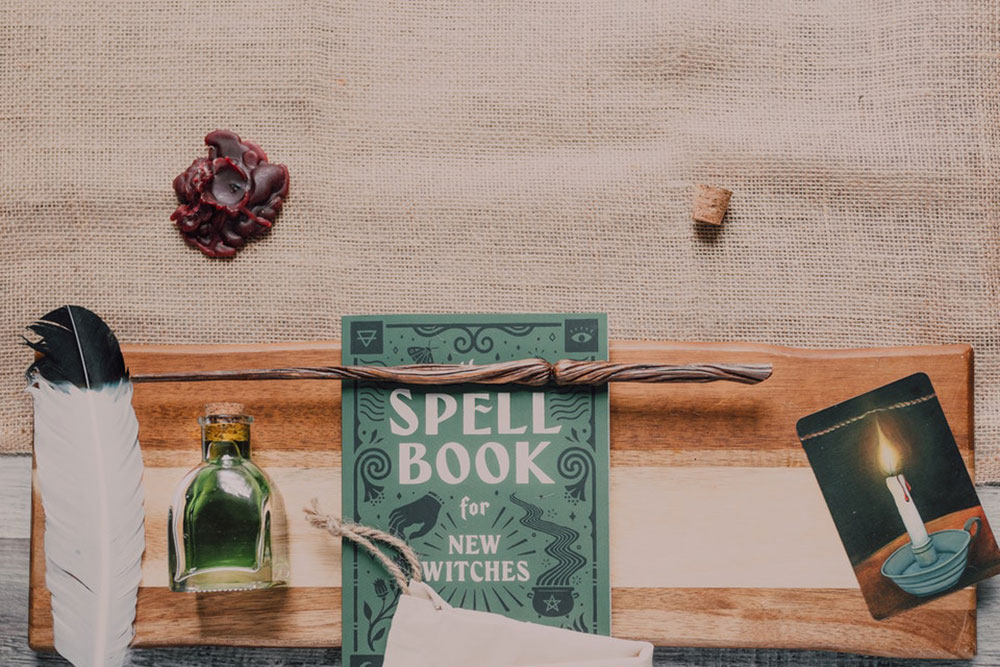
All across the world, there are many witches practicing magic that’s unique to their home nations. And witchcraft that hails from Italy is Stregheria. In fact, Stregheria is the archaic Italian word for witchcraft.
Stregheria practitioners, or Strega, first came on the Pagan scene in the 1970s. So, it’s fairly young for a magical path. But it has become a sacred space for the hereditary witch.
First, Leo Martello helped to shed light on the Stregheria tradition as one of its founding members. Then, Raven Grimassi’s Stregherian beliefs became the central practice of the Strega.
Grimassi’s Stregheria practices focus on deities known as divine lovers. However, the names of the deities, rituals, and the ceremonies each group honors are subject to change. But these changes ultimately depend on individual witches, and covens.
19. Diviner Types of Witches
View in gallery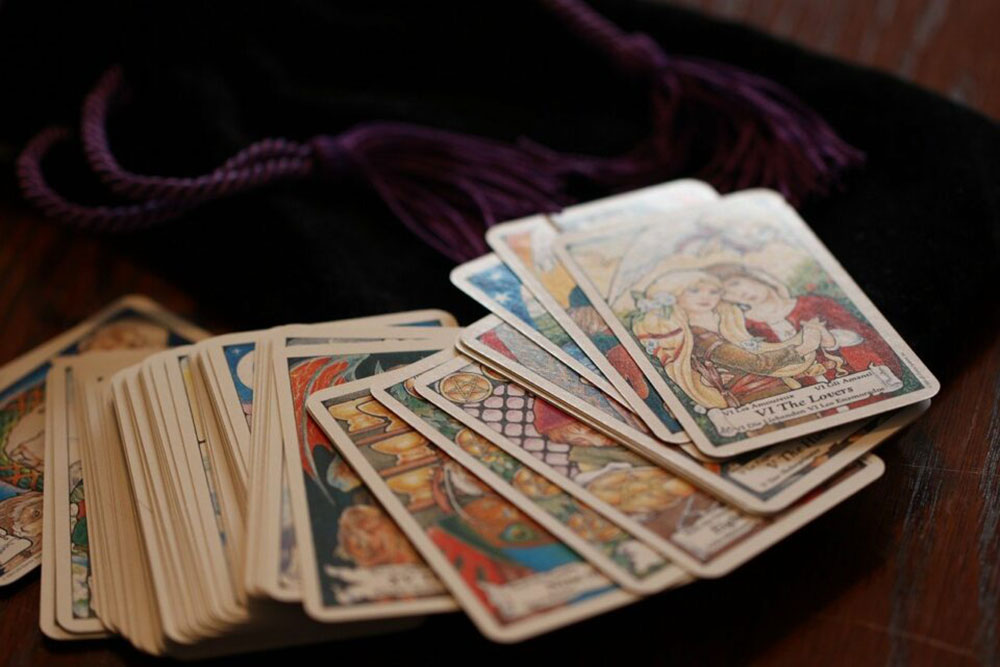
Any witch that practices divination is a diviner type of witch. Historically, seers, and fortune-tellers have played a large role in magic circles. Sometimes, diviners are simply known as wise people.
If a witch is using their magical abilities to see the future, it doesn’t matter if they use tea leaves, crystal magic, or tarot. As long as their supernatural powers see past the natural world into the future.
There are even witches that use birds, and animals to practice divination; practices that date back millennia. Many cultures have their own version of wise people, whether they’re shamans, or medicine men.
And as with many types of witchcraft, it’s common for different magical beings to practice divination. But that doesn’t mean they identify as a diviner. However, when a witch devotes their entire craft to divination, it’s safe to say they do identify as a diviner.
20. Chaos Magic Types of Witches
View in gallery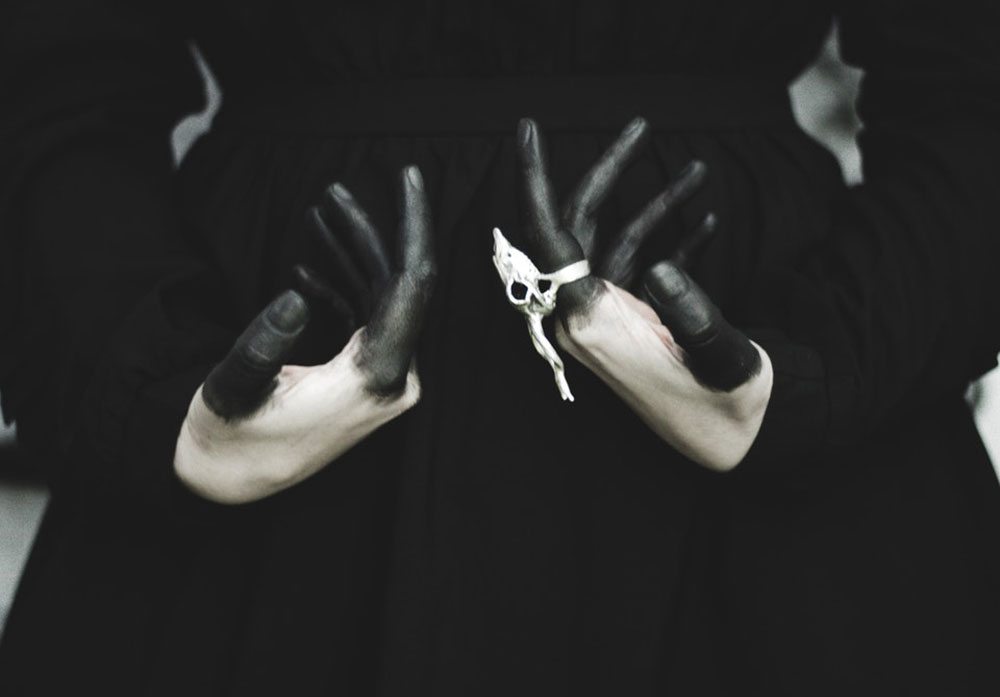
Not all types of witches follow a path laid out thousands of years before them. The 20th and 21st century have seen a rise in witchcraft, and during the 1970s, the early modern practice of chaos magic came into being.
Chaos magic is a result based magic. One where witches seek to achieve specific results.
Chaos magic practitioners hold a central theory that belief is nothing but a tool that a witch can use to achieve results. In other words, belief is a psychic energy that can help witches manifest their desires.
One way a witch can manifest these results is to put themselves into the gnostic state, or an altered consciousness. Then that witch can use the energy from the gnostic state to ‘charge’ sigils.
For such a young magical path, chaos magic has a very rich history.
A Brief History of Witches
View in gallery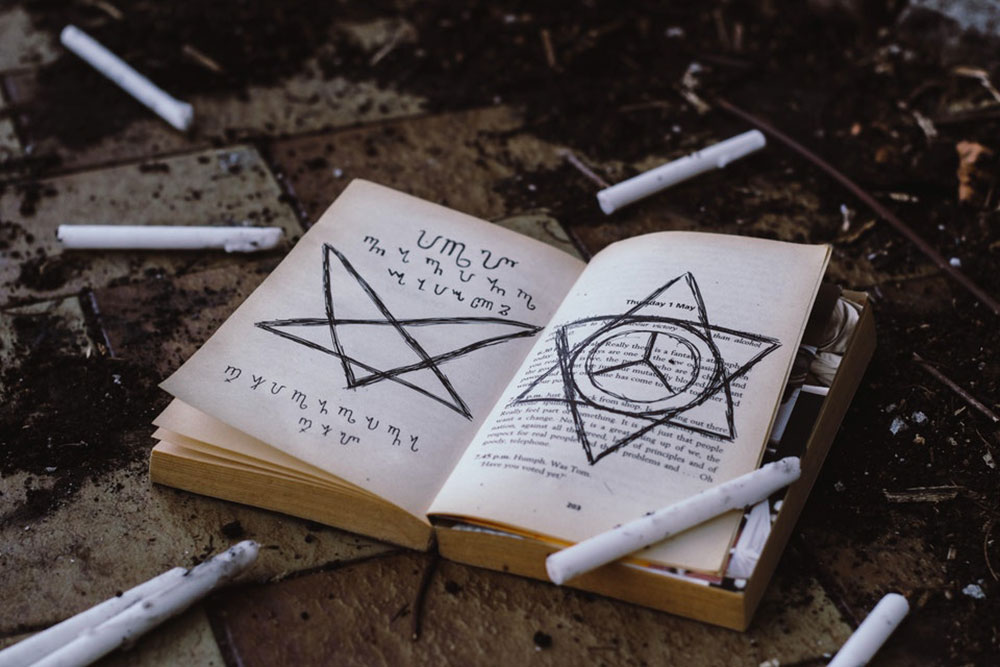
Throughout history, magic has played a large role in society – whether you believe in it or not.
Because history often focuses on the persecution of witches, it’s important to note that witchcraft hasn’t always been seen as a dance with the Devil. In fact, thousands of years ago witchcraft is believed to have been interwoven in society; with magic tricks dating back as far as 3000 BCE. And there is even evidence of magic from Greco-Roman antiquity that is found in mass quantities–including written sources, and even curse tablets buried with the dead.
But magic thousands of years ago coincided with pagan beliefs at the time. And with the European witch hunts far off, performing rituals, and consorting with the spirit world are normal practices for the ancients.
These ancient practices, and witchcraft beliefs range from mythic necromancers, to oracles sought out by those in power. Some of their practices include studying birds for omens (augury), and studying the entrails of animals (haruspicy).
And evidence of witchcraft isn’t only found in Greece and Rome. Instead, witchcraft can be found all over the globe, from Asia, to Africa, to the Americas, and Europe.
But the attitudes towards magic begin to shift when Christianity starts to take hold. And Paganism is branded as evil, dark magical powers, with the alleged witches being put on trial. In part thanks to churchman and inquisitor Heinrich Kramer. Kramer quite literally wrote the book on how to prosecute a witch titled “Hammer of Witches.”
Then, witches begin to gain their reputation for being the grotesque, monstrous beings from fairytales. Even still, different witchcraft is sought out because of strong magical abilities. Whether someone wanted herbal medicines, or a fortune read.
But although there are people who find spells helpful, they are still hunted and put on trial for their connection to evil spirits. As seen with the Salem witch trials.
But that’s all part of history.
So, what is life like for a modern witch?
Modern Witches
View in gallery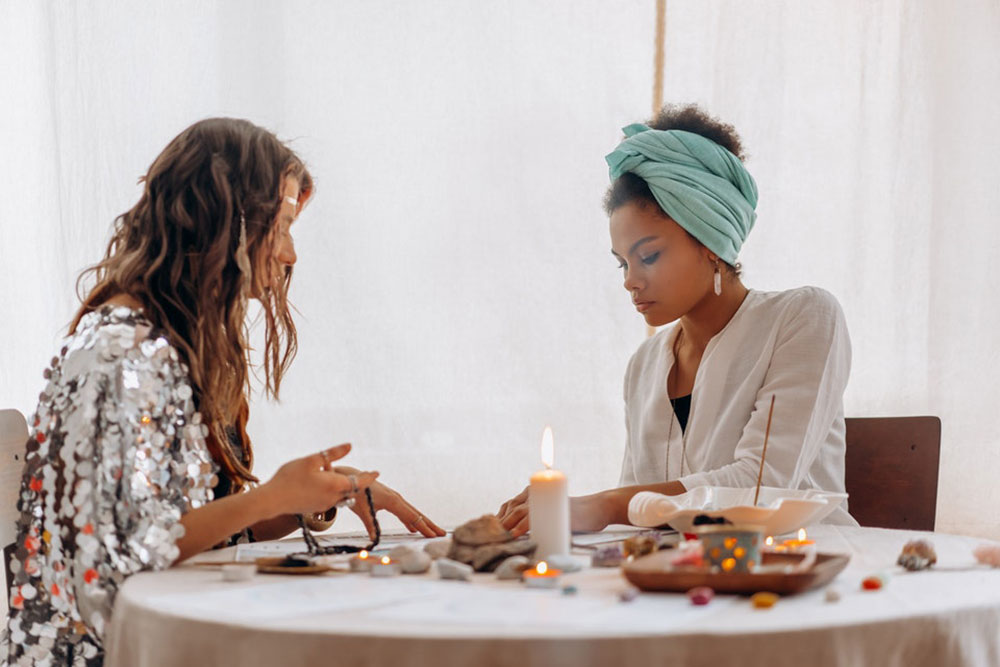
Today, witchcraft flourishes in modern culture. You can watch TV shows, and movies about witchcraft. Even play games about witches. If you want someone to read your fortune, there’s probably a psychic a short distance from you. And you can even find many forms of witchcraft on TikTok, and Instagram.
Instead of hiding in the dark, a modern witch is free to be as witchy as they want. Even performing witches sabbath over zoom. Or protesting inequalities together.
Do you ever read your horoscope? What about adding a little love to your cooking? Or do you glance into the future with tarot cards, or tea leaves? Then you’ve dabbled in the craft.
However, people still take magic very seriously. Oftentimes it’s used by different cultures as a way to remember where they came from.
However, you can find practicing covens if you want to hone in on your magical abilities.
While there might be a witch who chooses to keep their beliefs to themselves, others are more vocal. And witches aren’t required to look or act any uniform way. One witch may look like a soccer mom, while the other might dress in black and smell like sage.
Ultimately, a witch in the 21st century doesn’t look like those out of folklore and fairy tales. And unfortunately, there won’t be any owl post with your acceptance letter to Hogwarts. At least you won’t be put on trial and found guilty of being a witch.
But different types of witchcraft are all around you. Along with the witchcraft they use. It just isn’t all about bubbling cauldrons, and pointy hats.
Frequently Asked Questions About Witches
View in gallery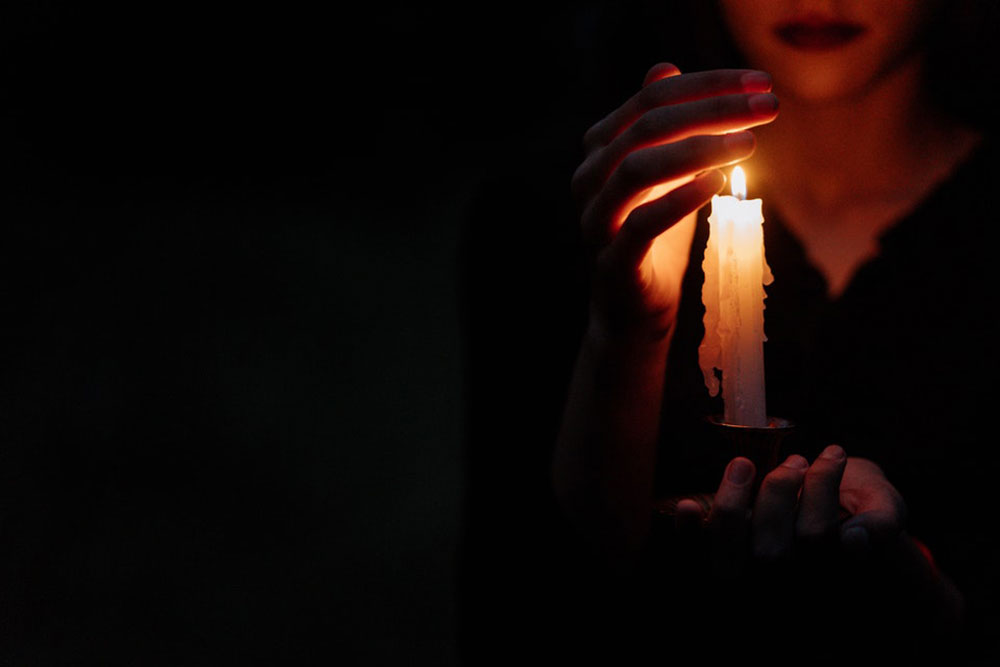
Do you still have questions about witches? Hopefully we can give you some answers with 5 frequently asked questions about witches.
1. What’s the Difference Between Pagan and Wiccan Witches?
When reading up on witchcraft you’ll often see the words ‘Pagan’ and ‘Wiccan’ thrown around. But exactly how do they connect? And are they interchangeable?
The distinction between the two is important. As Paganism is a broad term used to describe many religions. One of which is Wicca.
Paganism has been around for millennia. While Wicca is a more recent religion founded by Gerald Gardner.
So, if you practice Wicca, then you practice a Pagan religion. But you can practice many other Pagan religions as well.
2. Are Witches Religious?
Sometimes a witch will practice a more spiritual form of the craft. One that’s void of any firm religious belief system.
Although the Salem witch trials and media would lead you to believe that witches consort with Satan, that couldn’t be farther from the truth. Many witches don’t even believe in Satan.
The confusion comes from the many forms of witchcraft which include a horned god as their deity of choice.
Instead, they may work with nature, or the elements. And the witches that do believe in Satan don’t necessarily use black magic.
But other witches can be religious. Such as those that practice Wicca, or Jewish mysticism.
3. What is Black Magic?
Traditionally, black magic is witchcraft practices that revolve around the Devil, or evil from the spirit world.
Oftentimes, you’ll hear the term used with ideas such as the left-hand path, and Devil worship.
4. Is Magic Real?
Well, it all depends on who you ask.
However, the concept of magic is real. And witches are also real. But the power they hold is heavily debated.
View in gallery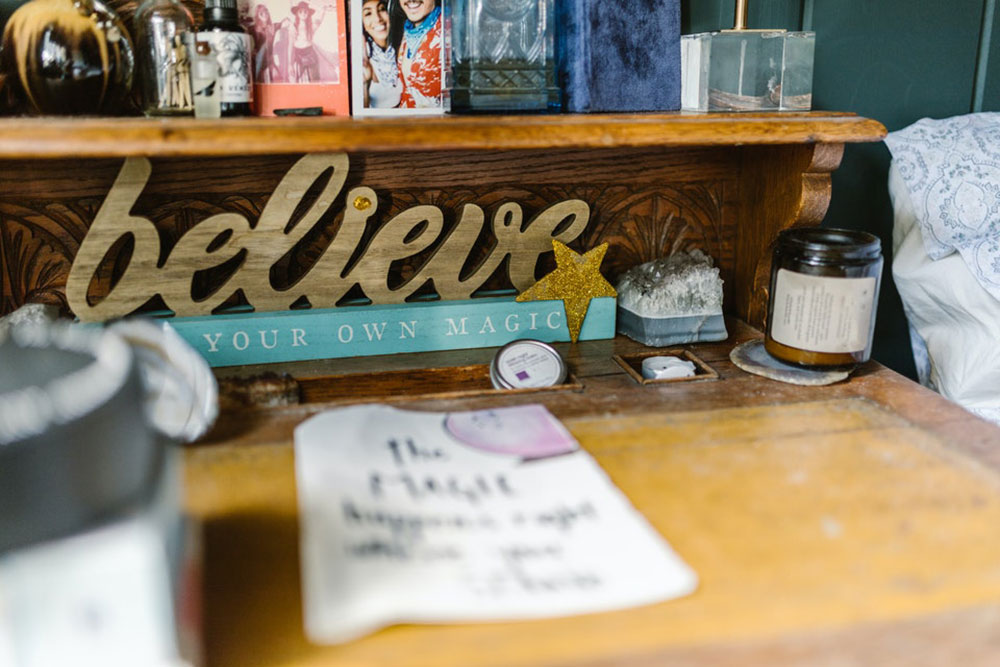
5. Are All Witches Women?
Frequently the term ‘witch’ is used to describe women that follow the left hand path. But the term is not gender specific. And a rising number of men are referring to themselves as witches, opposed to terms such as warlock or wizard.
Types of Witches: Conclusion
Whether or not you believe in magic is your own prerogative. But there will always be many types of witchcraft among us.
And it’s not surprising that witches have been captivating the minds of humanity for millennia. As there is much about their practices that still remains a mystery.
Nevertheless, we still know that there is an abundance of magical practitioners all around. Some might fit into these categories. While other witches prefer to go without labeling their craft at all.
Do any of these different types of witches pique your interest? Or do you have anything else to add about witchcraft? We’d love to hear from you in the comments!


In this modern age, the distrust in religion, doctors, lawyers, and experts has made society searching for other ways of healthy living and also maintain their status quo. Being a country-orientated Male now living in the city has led me to believe that there has just got to be a compromise here somewhere. There is and it is so simple yet so profound that to modern society it seems like magic. It really is called knowledge of practicals of using Nature for ALL your weals and woes. Now there is one component missing the POWER NEEDED TO IMPLEMENT THE RECIPES OF OLD. But it was some research I was doing on making magic wands as a novelty thing. That I came across Faery HAWTHORNE ROOTS AND ITS POWERS to bless the food with the palpable energy of you transferred to the recipient, courtesy of Flora the Roman Goddess. Cheers Bill
This really helped because I’m new to the witch world so knowing all of them and having the choices laid out helped alot